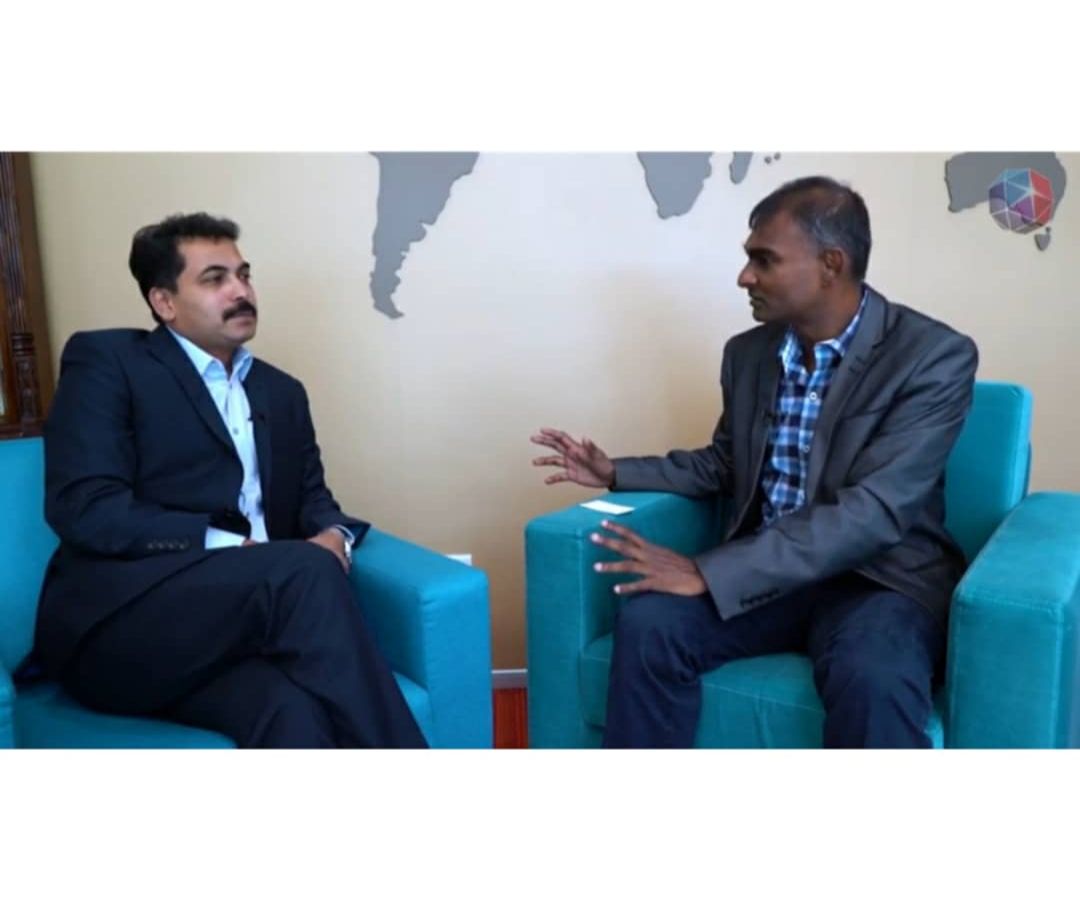Do Your Employees Learn Or Leave?

Are you pampering your employees or nurturing them?
Let’s be honest now, shall we?
How many interviews have you conducted where your prospect wanted to hear about growth opportunities?
On the other side of the coin, how many times have you heard of complaints from colleagues and acquaintances on the lack of support systems within their workplace that is invested in their professional growth?
Here’s a perplexing scenario that is causing distress to many present-day businesses:
Without the right people development strategies, employees suffer from a severe case of indifference.
Work becomes routine and too comfortably cushy, leading them towards a workplace culture that pampers rather than nurtures their growth.
Have you ever driven on that familiar route to work mindlessly, only to arrive at your office with no memory whatsoever of how you safely got there?
Boredom, routine work and professional stagnation are amongst some of the weeds that suppress an organisation’s chances of retaining their talent.
The burden lies heavily on the shoulders of leaders. Many are still rooted in their limiting belief that by developing their employees, they are only setting the stage for these employees to leave for greener pastures.
It is hard to disregard the question of “why should we invest so much in their learning and career advancement, only to watch them develop and disappear?”
While it may be a fair enough statement accumulated through empirical failure in staff retention, helping employees grow is very much the lesser of the two evils.

Why is this a problem?
Think about it – how will it affect your organisation’s reputation and results, when you have a group of employees who are not eager to learn and excited to grow?
Will employees offer their best when the organisation has not rewarded nor reciprocated these efforts by providing the right learning and development platforms for their people?
Without knowing that their employers are committed in helping them reach their full potential and without experiencing a workplace that is keen on their growth, any staff retention strategy only begs the question of “What is in it for me?”
Good employees leave when they no longer see themselves growing along with the organisation. As a result, the rehiring and retraining process can be a financially straining and time consuming cycle.
With over 87% of millennials agreeing that development is important in a job, evidence is fast accumulating to support employees’ perception of internal growth opportunities as one of the more important predictors of employee engagement and long-term commitment within the organisation.
While we are not disputing the importance of other hygiene factors such as a good pay check and medical benefits, the workforce has clearly transformed over the years to recognise the impact that growth and development has on their career advancement and future stability. It is timely that organisations keep up with this change.
The equations are pretty simple on this one, yet many employers today fail to internalise the simple power of developing their people – and subsequently engaging them within an effective workplace culture that provides the autonomy and independence to stretch further without fearing failure.
This dual-impact retention strategy goes a long way in increasing trust, commitment and overall employee engagement.
Take Pixar for example. Through its Pixar School, the organisation advocates leadership that inspires lifelong learning and continuous growth within its people.
The opportunity for learning and growth is a huge stimulus and a difference maker in the loyalty pledged by employees to their workplaces.
This might interest you: This Is Why You Are Losing Your Best Employees
So, when was the last time your leadership team thought about the way the organisation developed its people?
When the world is rapidly progressing around you, why would your retention strategies and growth opportunities remain status quo?
Here are three impactful methods to rethink your organisation’s learning and growth initiatives:
1. Treat your employees as individuals first
When you have a pool of talented individuals, it is such a wasted opportunity when you do not spend time to understand their unique wiring, aspirations and personal motivation for growth.
Get to know them beyond the requirements of work and discuss individual interests and goals.
Help them design an individual development roadmap that sharpens the focus on their professional future. Be invested in their growth and help them overcome their uncertainties.
As a leader, there is a significant return-on-investment for your personal time, energy and effort committed to drive your people’s learning and growth.
2. Energise your employees beyond their usual job functions
Organisations that seek to remain relevant must distinguish themselves by recognising the unique talents and contributions of each of their employees.
Every talent, when thoughtfully combined and collaborated to achieve a certain goal, can be the organisation’s competitive advantage if properly communicated to the market.
Create opportunities for employees to take on new responsibilities outside their regular job function, within areas of their interests.
Challenge them, put them in uncertain situations, teach them to work more effectively with others through cross-collaborations and support them to be agile and think on their feet.
Encourage your employees to pursue their aspirations and watch the energy and excitement grow in your workplace.
3. Empower your employees by removing structural barriers
Rigid organisational structures create barriers for the organisation’s adaptability to changes in the market, and may soon be a thing of the past.
Formal hierarchies and processes often compartmentalise employees into their functional roles, when they could have been more, and stifle true learning and growth.
While it may be challenging to completely remove all structures and processes – especially when they still provide some benefits – it can help today’s generation of employees work more fluidly by breaking down walls, bridging silos and creating agility in the way they work.
Rethinking the way we support learning and growth
Modern learning and a smarter workforce development means rewiring the way we think, talk and decide about employee growth and development.
It is not just about the way we train people; rather, it is how they are being trained to be ready for the future.
By initiating a few practical steps of change, we can slowly but surely enable our organisations to rethink conventional development into forward-thinking growth strategies.
The end result will be engaged employees, a productive workforce, and in return a better business.
As a senior consultant within Leaderonomics Good Monday, Ashvaani Ramanathan believes that in order to become an extraordinary business, leaders should care to an exceptional degree about the people who work for them. She is greatly passionate about helping organisations create a sustainable workplace culture in which their employees thrive. To explore a free consultation session with Leaderonomics Good Monday, e-mail editor@leaderonomics.com
Save
Business
This article is published by the editors of Leaderonomics.com with the consent of the guest author.






